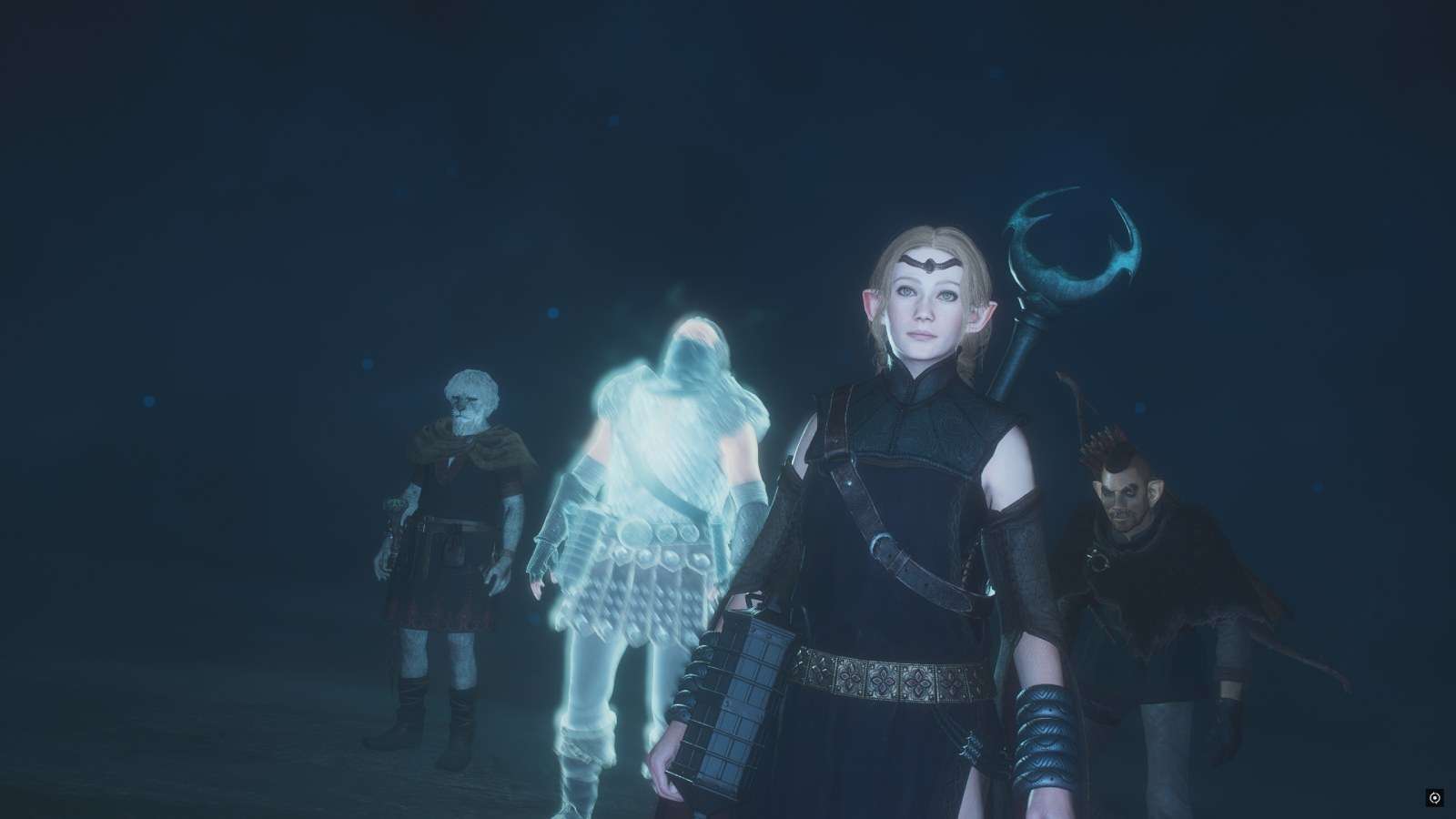Dragon’s Dogma 2: Best PC settings for performance
 Dexerto
Dexerto Looking for settings to get the best FPS possible in Dragon’s Dogma 2? We’ve tested Dragon’s Dogma 2’s PC settings across several different devices to get high FPS in this technically demanding title.
Dragon’s Dogma 2 is finally here. But, getting the best possible framerate out of your PC is more of a challenge than you might think. There’s no way of saying this won’t disappoint PC gamers: No matter how powerful your rig, you won’t be able to attain a solid 60 FPS or above while in-game consistently.
We have tested the game for over 80 hours on a high-end PC, and no matter what your specs are, the framerate will dip below 60 under certain scenarios. We have also tested the game on a mid-range gaming laptop, for a better idea of what to expect from more modest systems. Take note that this game appears to be CPU-limited for the most part.
Capcom has also issued a statement on the Steam page for Dragon’s Dogma 2, which states that “CPU usage can be very high and may affect the frame rate. We are aware that in such situations, settings that reduce GPU load may currently have a limited effect”. The statement continues that the company will look for ways to improve performance in the future.
However, if you’re still looking for the best possible settings, we’ve got you covered below.
Best Dragon’s Dogma 2 PC settings
| Settings | Low-end | Mid-range | High-end |
| Resolution | 1920 x 1080 | 2560 x 1440 | 3840 x 2160 |
| Dynamic Resolution | Off | Off | Off |
| Vertical Synchronization | Off | Off | Off |
| FidelityFX Super Resolution 3 | Quality* | Off | Off |
| DLSS Super Resolution | Quality* | Off | Off |
| DLSS Nvidia Reflex Low Latency | On* | On* | On* |
| Upscale sharpness | 3 | 3 | 3 |
| Rendering Mode | Interlaced | Interlaced | Progressive |
| Image Quality | 5 | 5 | 5 |
| Ray Tracing | Off | Off | On |
| Ambient Occlusion | SSAO | SSAO | SDFAO |
| Anti Aliasing | TAA | FXAA+TAA | FXAA+TAA |
| Screen Space Reflections | Off | On | On |
| Mesh Quality | Low | Mid | High |
| Texture Filtering | High (ANSIO x2) | High (ANSIO x4) | High (ANSIO x16) |
| Texture Quality | High (0.5GB) | High (1GB) | High (3GB) |
| Grass / Tree Quality | High | High | High |
| Resource-Intense Effects Quality | Low | Low | High |
| Shadow Quality | Mid | Mid | Max |
| Shadow Cache | On | On | On |
| Contact Shadows | On | On | On |
| Motion blur | Off | Off | Off |
| Bloom | On | On | On |
| Depth of Field | On | On | On |
| Lens Flare | On | On | On |
| Lens Distortion | On | On | On |
| Subsurface Scattering | Off | On | On |
| Motion Quality | High | High | High |
- Low-end framerate target: 30-60 FPS
- Mid-range framerate target: 40-70 FPS
- High-end framerate target: 40-90 FPS
I tested Dragon’s Dogma 2 on three systems: One with an RTX 3050, another with an RTX 4060, and another using an RTX 4080 Super. With the low-end system, we managed to lock-in a solid 30 FPS in most areas, aside from towns. The mid-range build achieved around 32 FPS in towns, and reached toward and above 60 FPS in some areas.
 Capcom
CapcomUsing an RTX 4080 Super system, we managed to achieve 38 FPS in towns and over 90 FPS when exploring the open world. Between all systems, attaining and maintaining a solid 60 FPS was a nigh-on impossible task due to CPU limitations. No number of graphics settings toggles will be able to change that.
However, we can optimize graphical quality on a per-system basis to ease the load on your GPU. With that in mind, the biggest impacts on performance will ultimately depend on how fat your system’s VRAM cache can be: If you have heaps of VRAM (above 8GB), you will be able to sail through and all of the lovely bells and whistles, and get things running nicely. Under that, you’ll have to make compromises to texture quality. This goes doubly so if you want to run the game at 4K. Unless you have an RTX 4070 Ti or better, don’t think about running it at 4K natively.
Performance varies depending on area & time of day
Performance can skyrocket in scenarios where there are few NPCs, such as while you are exploring the open world. Even on our mid-range system, we were able to achieve up to 110 FPS while in certain zones, but this can quickly dip when changing the time of day, when venturing into a town, or merely walking down a particular road.
This is due to the number of NPCs loading in. In Capcom’s Steam post, the company mentions that “A large amount of CPU usage is allocated to each character and calculating the impact of their physical presence in various areas.”
This means that frametimes, and framerate, can be inconsistent between areas, making Dragon’s Dogma 2’s performance wildly vary between different areas and zones.
Does Dragon’s Dogma 2 have DLSS?
Dragon’s Dogma 2 ships with DLSS Super Resolution, alongside FSR 3 frame generation. Capcom has committed to offering DLSS 3 frame generation for RTX 40 series graphics cards in a future update. DLSS can make Dragon’s Dogma 2 look muddy on occasion, even when set on the quality preset due to the sheer amount of foliage onscreen. If you can turn your settings down to run natively, we certainly recommend it.
Frame generation techniques like FSR 3 and DLSS 3 will not be able to markedly improve overall performance. Due to inconsistent frame times, and the dips below 60 FPS, frame generation techniques get much less effective. Until Capcom issues a patch for the game that addresses overall performance, don’t expect them to have a significant impact on the game.
How to change graphics settings in Dragon’s Dogma
- Select “Options” in Dragon’s Dogma 2’s title screen
- Select “Graphics” in the menu on the left-hand side
- Select your setting and edit the setting. Note that all of these options are available after you have accessed your save, aside from ray tracing.
Does Dragon’s Dogma 2 have romance | Does Dragon’s Dogma 2 require an internet connection | Dragon’s Dogma 2 hub | Does Dragon’s Dogma 2 have multiplayer | Dragon’s Dogma 2 PC system requirements | Is Dragon’s Dogma 2 a PS5 exclusive | Is Dragon’s Dogma 2 coming to Xbox game pass | Dragon’s Dogma 2 Editions and pre-order bonuses